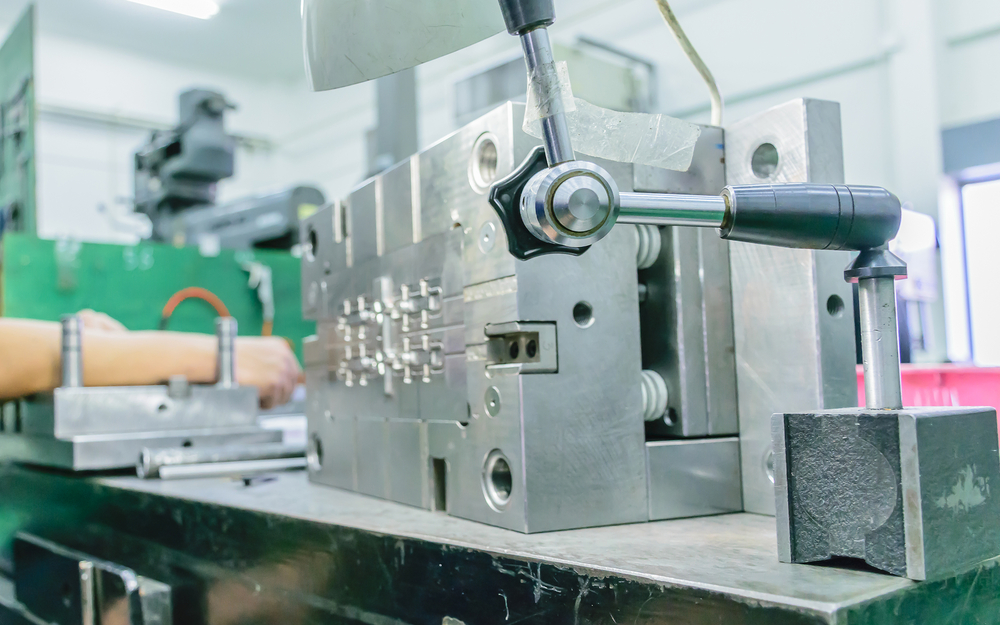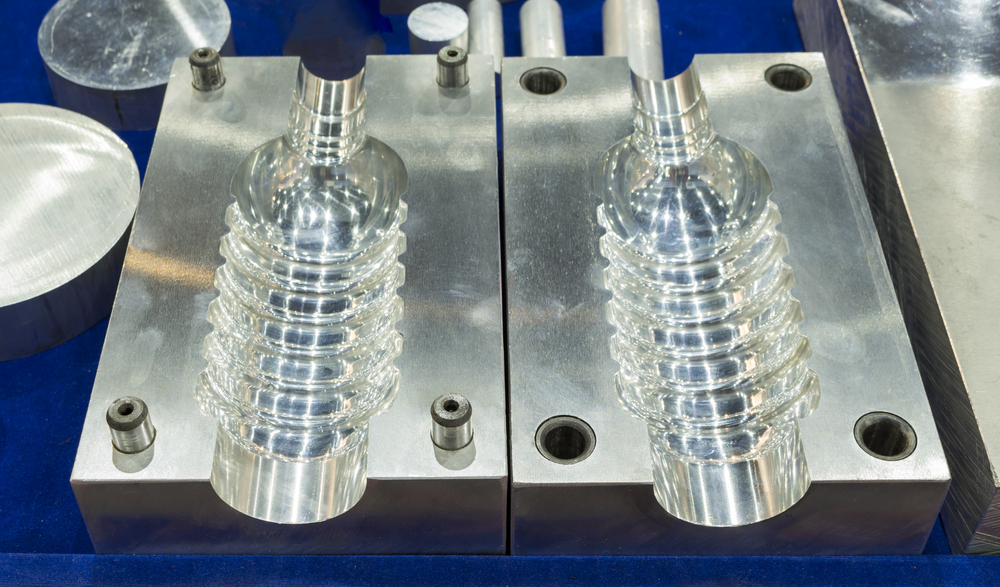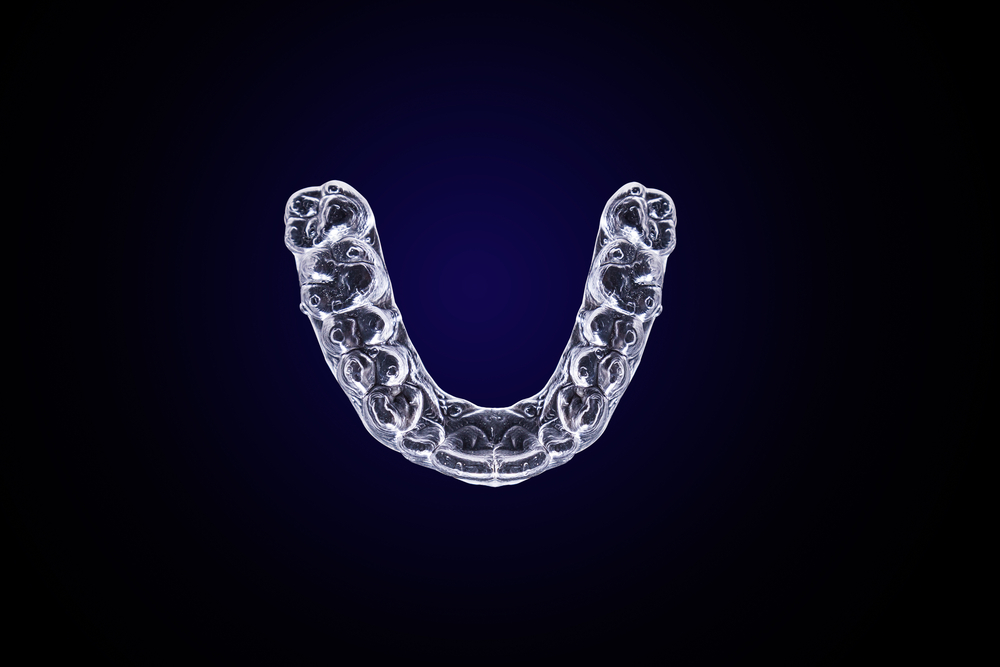
Overcoming the Limitations of Injection Molding with 3D Printing
The manufacturing process for the high-volume production of plastic parts has traditionally been injection molding. Injection molding will remain the optimal manufacturing process to produce millions of units with no variations and high yield. Although, despite the high efficiency of injection molding, it imposes limitations on manufacturers, their customers, and product designs.
Injection molding poses certain limitations on agility and often carries related financial complications. However, OEMs, contract manufacturers, and startup companies can remain agile and reduce their risk during production by augmenting or replacing production with an alternative process. Innovations in 3D printing make it the ideal alternative to injection molding for low-volume, high-mix production and for products that are difficult or impossible to produce with injection molding. Here’s how to take advantage of 3D printing and overcome the limitations of injection molding.

The manufacturing process for the high-volume production of plastic parts has traditionally been injection molding. Injection molding will remain the optimal manufacturing process to produce millions of units with no variations and high yield. Although, despite the high efficiency of injection molding, it imposes limitations on manufacturers, their customers, and product designs.
Injection molding poses certain limitations on agility and often carries related financial complications. However, OEMs, contract manufacturers, and startup companies can remain agile and reduce their risk during production by augmenting or replacing production with an alternative process. Innovations in 3D printing make it the ideal alternative to injection molding for low-volume, high-mix production and for products that are difficult or impossible to produce with injection molding. Here’s how to take advantage of 3D printing and overcome the limitations of injection molding.
Limitations of Injection Molding
Those looking for the right manufacturing process for a new product, or needing to scale production of an existing product, are probably familiar with injection molding, casting, and CNC milling. Although it carries high capital costs, injection molding has proven benefits for the high-volume production of a single part with no variants. This process is efficient, adaptable to various materials, and provides high throughput and high yield for well-designed products.
Although, injection molding isn’t the best option for every company or product. Here’s where the limitations of injection molding become apparent:
Design and Tooling Challenges
When transitioning from prototyping to production with injection molding, most companies find they encounter challenges with their design and tooling, both before and after production begins:
- Final product doesn’t match the prototype: Once prototype designs have been finished and confirmed using CNC machining, it will still need redesigns to comply with injection molding. Redesigns can include changing the geometry (e.g., wall thickness, shape, draft angels), and separating parts into multiple pieces to reduce injection mold complexity and increase injection molding production yield. However, this can increase the need for manual assembly adding additional increasing labor cost downstream.
- Tool and design fit: Injection molding isn’t reliable for some products. Products require customized tooling, and those with highly complex geometries are either impossible to produce using injection molding or need complicated and expensive tools to create the part.
- Fixed tooling. Once a manufacturer creates tooling for a specific product, the tooling and design can’t be changed without significant time and cost, even if only accommodating minor design changes. This lack of flexibility means injection molding is only cost-effective for products past the prototyping stage and with clear volume demand for single or limited designs. Companies often find themselves locked into a design and committed to a strategy with detrimental financial risks if demand changes.
Design and tooling changes are just one aspect of the limitations of injection molding. A 3D printing solution can also solve some of the following logistical problems.

Logistical Challenges
With today’s just-in-time supply chains, the location of a product’s production and how it gets to the end customer often gets overlooked. Although many find overseas labor attractive, outsourcing and using injection molding involves several logistical challenges and risks:
- Longer time to production: The time required to get a new product to market with injection molding can span a matter of months. This timeline results from long tooling time, repeated prototyping runs, and pre-production redesigns.
- Inventory management: Because injection molding carries high MOQs, companies must manage inventory in warehouses and distribution centers. Companies carefully project demand as part of inventory management, but when forecasts are wrong companies experience supply shortages and lost sales or overstock, and potential inventory obsolescence. Both scenarios carry significant financial risks as the necessary large orders replenish inventory.
- Committed to designs: Because companies can’t easily modify an injection mold for a new design, they find themselves constrained to a product and facility that may not deliver the target ROI. Improving the design or developing a new design is impossible without retooling.
- Longer delivery time: Onshoring injection molding is not cost-effective due to low labor costs in Asia. Since offshore production locates itself far from the end customer, delivery times for new orders tend to be longer. This distance puts greater pressure on inventory management and increases time-to-market.
These risks and logistical challenges only become acceptable with high-volume injection molding, where the volume is large enough to produce significant profit and market demand is clear and predictable. For low-volume, high-mix production, 3D printing de-risks production and adapts to any design. Using 3D printing for production provides agility, fast response times, and increased design freedom.
How 3D Printing Overcomes These Limitations and Keeps You Agile
3D printing processes apply to a broad range of materials and products without retooling. Additionally, using 3D printing processes as a complement or alternative to injection molding aids new product launches and bolsters a supply chain or inventory when needed. Here’s how using 3D printing overcomes the limitations of injection molding:
- Flexible fabrication: Without tooling time and costs, a single 3D printing system produces numerous products. 3D printing smart factory services will require smaller MOQs and may allow their clients to spread the MOQ across multiple SKUs. Thus, a manufacturer can bolster inventory when needed, respond to customer demand, and put multiple SKUs into production with a single process.
- On-demand capacity: Companies can scale up or down the volume for a 3D-printed product as needed. The automated nature of 3D printing processes allows on-demand production in a smart factory.
- Good match to prototypes: In contrast to injection molding, 3D printed products match their prototypes exactly. The same process used to produce prototype models will also produce the final product.
- Faster time to market: Flexible production capacity allows companies to produce prototypes and design variants during product development repeatedly. The elimination of tooling allows for multiple prototypes to print and test in parallel. As a result, product developers can get a new product into production in a matter of weeks.
Design complexity and simplification: While injection molding often forces a complex design to split into multiple parts, 3D printing allows parts to consolidate, even in complex designs. Part consolidation eliminates assembly steps and reduces per-unit costs. Companies can easily print complex designs that were impossible to manufacture with injection molding. One-off products like dental implants and retainers are examples of complex custom products that can easily be 3D printed.

The ability to remain agile with 3D printing de-risks new product introduction. If the demand for a new product is tepid, companies can quickly modify it and put variants directly into production. Similarly, if inventory for multiple SKUs is needed on-demand, 3D printing smaller batch inventory replenishment on-demand instead of placing a large injection molding order. Whether bringing 3D printing systems in-house or working with a contract 3D printing service, choose to work with an experienced partner.
Work With an Experienced Manufacturing Partner to Maximize the Benefits of 3D Printing
If a company wants to manufacture a new or existing product without the risks and limitations of injection molding, the right 3D printing partner can help accelerate a design into production.
Instead of hindering design freedom and agility, 3D printing offers flexible production. LuxCreo is the ideal 3D printing partner to help you introduce a new product or adapt an existing product to 3D printing. LuxCreo can provide quick functional prototypes, low-volume, high-mix production, and a quick transition from design to full-scale manufacturing with advanced 3D printing solutions and Smart Factory production service.
To learn more about our processes and services for 3D printing at scale, visit our contact page or call (650) 336-0888.